Insights • May 22, 2025
Sustainable Solutions for Gas Leak Prevention
Natural gas, one of Earth’s most abundant resources, is an odorless, gaseous mixture of hydrocarbons predominantly comprised of methane. This fossil fuel has a rich history dating back to ancient China, where archaeologists discovered bamboo “pipelines” as early as 500 B.C. The commercial use of natural gas began in Britain in 1785, followed by America’s first natural gas company, Philadelphia Gas Works, established in 1836. As the industry grew, natural gas found increasingly diverse applications, from water heaters and oven ranges to manufacturing facilities and industrial boilers. Today, it accounts for 30% of energy consumption in the United States and has more than 77 million residential, commercial, and industrial customers. The resource can be found in natural gas deposits on land, offshore, and beneath the ocean floor. After extraction, the gas undergoes processing before being transported through pipelines to underground storage fields or distribution companies. Before reaching consumers, odorants are added to help detect potential leaks in the pipeline system.
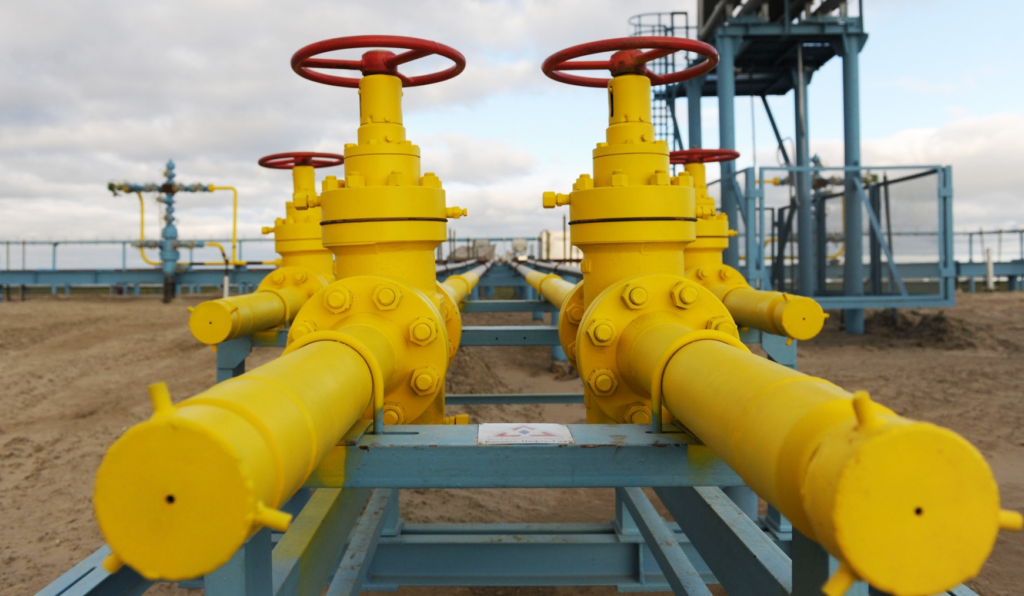
3 million miles of natural gas pipelines lie beneath American streets. While these pipelines are vital to the nation’s daily operations, they can pose a significant climate threat if not properly maintained. Between 2019 and 2023 alone, pipeline leaks released 9.7 billion cubic feet of gas into the atmosphere. When pipelines leak, they release methane, a greenhouse gas with more than 80 times the environmental warming impact of carbon dioxide. These releases can occur both accidentally and intentionally through gas flaring—a process used to relieve underground pressure and prevent explosions.
Ensuring gas pipeline sustainability and safety requires examining how leaks occur and identifying strategies to prevent their escalation. Most gas leaks are unintentional, but necessitate prompt resolution, and are typically attributed to factors such as excavation, material corrosion, 3rd party damage, or severe weather conditions. Implementing holistic damage prevention measures is crucial, as it proves more effective, sustainable, and cost-efficient to avert large-scale leaks before they materialize. In Chicago, Milhouse has worked to address these challenges. At 11218 S. State Street, we responded to a gas distribution emergency by expediting a distribution replacement project to reduce ongoing leaks. Within two days, we surveyed the area and developed construction-ready plans to install 1,200 feet of medium-pressure gas main. This installation created a backup feed system to replace a leaking 24-inch cast iron medium-pressure gas main one block west, effectively preventing further gas and methane releases.
Federal organizations like the Pipeline and Hazardous Materials Safety Administration (PHMSA) have developed resources like the damage prevention guide to improve pipeline safety measures. This guide outlines key recommendations to help states and corporations establish impactful and enduring pipeline safety initiatives. Recommendations include enhanced communication between operators and excavators, utilizing performance measures for locators, promoting employee training, public education, conducting data analysis to enhance program effectiveness continuously, and using technology to improve the leak locating process
The industry is embracing innovation to enhance safety and minimize environmental impact, and emerging technologies offer promising solutions for leak detection, prevention, and repair. Some of the latest technologies include:
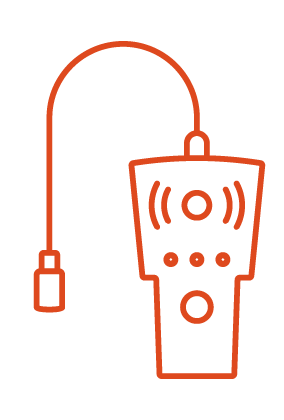
Infrared Gas Detection: High-powered infrared technology enables continuous monitoring and precise detection of invisible gas leaks to the human eye. FLIR optical gas imaging cameras specifically target methane emissions, while advanced satellite sensing systems provide detailed leak alerts across wide areas. This continuous monitoring approach, rather than ad hoc inspections, allows for much earlier detection and repair of leaks. In one test, after an infrared camera detected an invisible methane leak, repairs reduced the leak rate from 9.8% to 0.7% within minutes.

AI Monitoring: Advances in artificial intelligence are enhancing both the speed and accuracy of gas leak detection. Companies are implementing sophisticated algorithms to analyze pipeline data, identifying patterns and predicting potential issues with significantly improved precision.
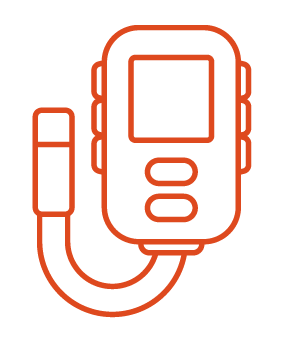
Point-of-Care Detection: These small devices offer immediate diagnostic results at potential leak sites. These compact, portable units are particularly valuable for emergency response situations in remote locations, enabling rapid detection and repair of gas leaks. Companies are also utilizing vehicles with point-of-care detection. These cars are “equipped with advanced sensing equipment that processes the content of the air as the vehicle drives down the street.” The data is then analyzed, and repairs can be made quickly if methane is found in the air.
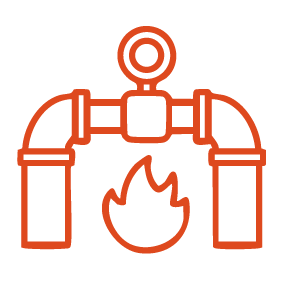
Gas Recompression: Though gas flaring has long been the industry standard, companies have been moving away from it in favor of recompression. Recompression is a near-zero emission method of reducing pipeline pressure and methane emissions, where companies take a mobile recompression unit (typically a truck or similar equipment) that uses flexible hosing to transfer the gas to an adjacent pipeline or across a shutoff valve to send it safely down the line.” This gas typically would have flared, but instead, it is recompressed through mobile recompression equipment and introduced back into pipelines, saving methane emissions from being released into the atmosphere.

In addition to developing new technologies, corporate and political leaders must implement preventive measures to address environmental risks from pipeline leaks. In 2023, the Environmental Protection Agency announced new federal standards aimed at reducing methane emissions through several key requirements: reducing or eliminating gas flaring, implementing comprehensive pipeline leak monitoring, and preventing gas leaks before they happen. These new standards, which also encourage gas companies to develop new technologies to avoid methane leaks, are projected to prevent the release of 1.5 billion metric tons of greenhouse gases. Companies like WEC Energy, the parent company of Chicago’s Peoples Gas, have committed to an 80% reduction in emissions by 2030 and are developing innovative new technologies to detect and prevent gas leaks. Milhouse has supported WEC’s efforts by providing environmental engineering services for their Manufactured Gas Plant (MGP) Site Remediation project. This project included air monitoring, sampling, and groundwater analysis at gas manufacturing plants to better understand how MGP waste interacts with the environment and identify the most effective remediation strategies.
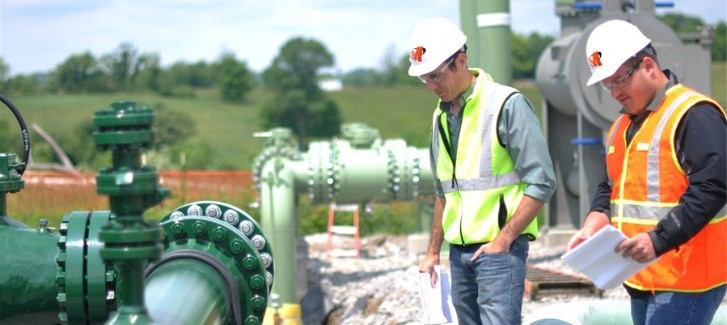
However, technological solutions alone are not enough. To replace aging and corroding pipeline infrastructure, adequate funding must also be provided to utility companies and state agencies. This aging infrastructure is a major contributor to unintentional gas leaks. Organizations like PHMSA provide safety-based grants that cover up to 80% of the costs for personnel, equipment, and activities needed for pipeline inspection. They also offer educational and awareness programs to promote pipeline safety among the general public. National programs like 811 and Joint Utility Locating Information for Excavators (JULIE) also play a vital role in preventive pipeline protection. The 811 system requires anyone planning excavation work to call and notify the local one-call center. This triggers a prompt notification to relevant pipeline and utility companies, who then send professional crews to mark the locations of underground lines. The JULIE initiative is an Illinois program that collaborates with utility providers to protect homes, businesses, and other properties from utility line damage, interruptions, and safety incidents. By facilitating communication between excavators and operators, these programs help avert pipeline accidents before they can occur. Comprehensive, multi-faceted resources like these are essential to effectively mitigate the risks of pipeline leaks and protect our energy infrastructure.
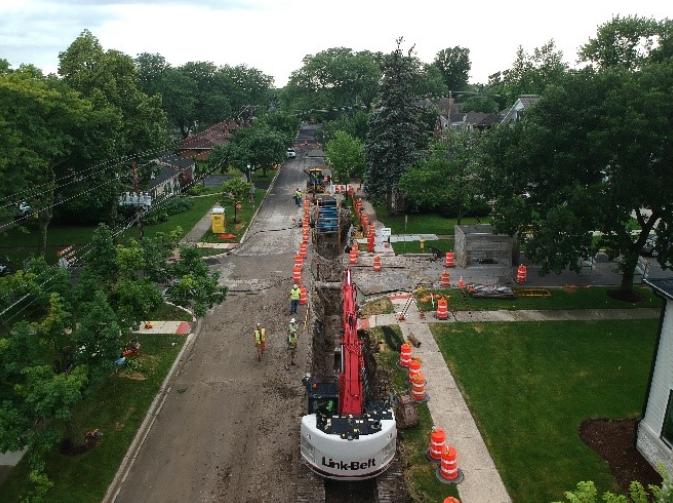
Leaders must maintain their commitment to environmental safety through continued methane reduction, technological innovation, and proactive damage prevention. Milhouse exemplifies this commitment through our work ethos firmly rooted in environmental protection and community service. Rather than taking a reactive approach, we prioritize proactive solutions that enhance safety and sustainability and focus on using safe, modern materials and techniques to create lasting infrastructure. An engineering design project in Elmhurst, Illinois, demonstrated this approach when we replaced aging utilities beneath a heavily trafficked road. The project safeguarded the community pipelines through careful material selection and rigorous leak and strength testing to prevent potential leakage. By combining cutting-edge technologies with our dedication to safety and sustainability, Milhouse effectively mitigates pipeline leak risks while striving to exceed industry standards, ensuring a safer and cleaner future for generations to come.
